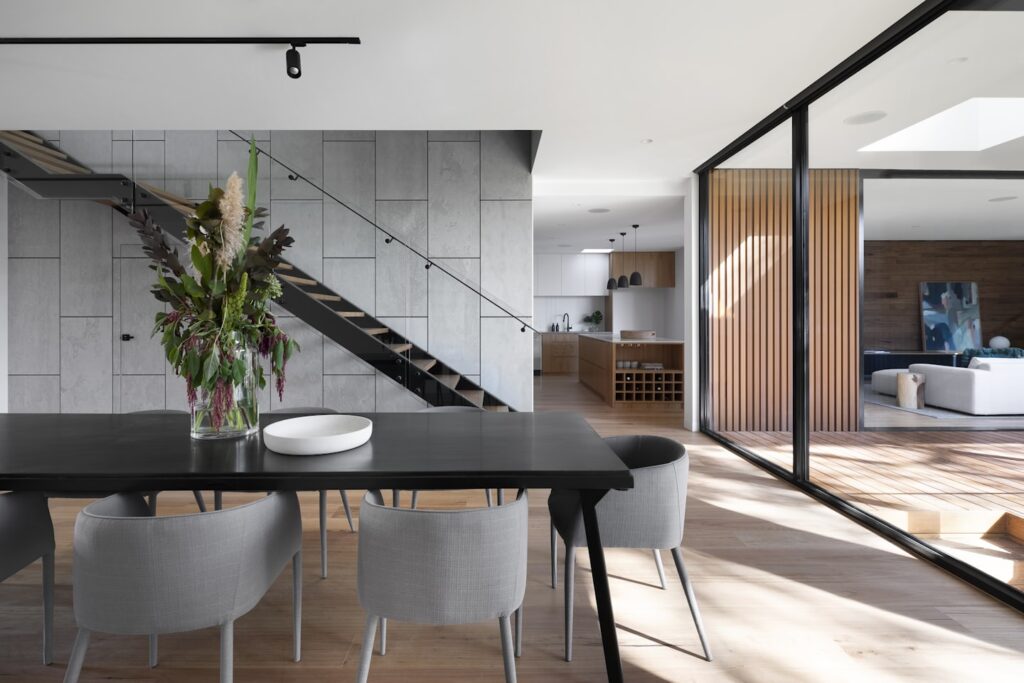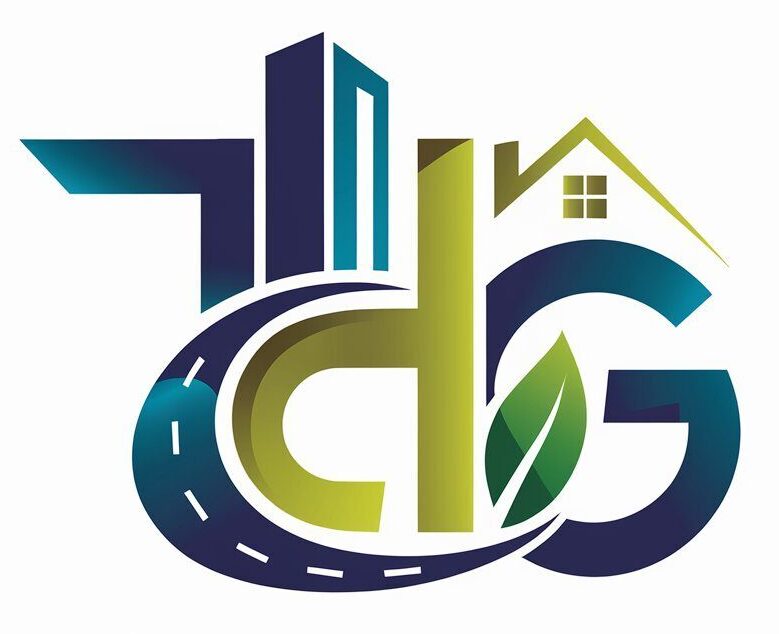Smart Home Tech
Top Smart Home Tech for Custom Homes
Building or renovating a custom home provides an opportunity to integrate the latest in smart home technology, which can make everyday living more convenient, efficient, and secure. With advancements in home automation, a range of devices can enhance the overall functionality and comfort of your space. Among the most popular smart home features are smart lighting, security systems, thermostats, and voice assistants. These elements are not only about making life easier but also about adding value to your home. Below, we’ll explore some top smart home tech options for custom homes and explain how they can be incorporated into your living space.

Smart Lighting
Smart lighting is one of the easiest and most impactful ways to introduce technology into your home. Gone are the days of flipping switches to turn lights on or off manually. With smart lighting systems, you can control the lights in your home using a smartphone app, a voice command, or even an automation schedule.

Smart Bulbs
Smart bulbs, such as those from brands like Philips Hue and LIFX, offer more than just on/off functionality. They allow you to change the brightness, color, and sometimes even the temperature of the light. Whether you want warm lighting for a cozy evening or bright white lights for working, smart bulbs can cater to different moods and needs. Additionally, these bulbs can be controlled remotely, allowing you to adjust the lighting when you’re not at home.
Best Smart Bulbs
Smart Switches
For homes with existing light fixtures, smart switches might be a more practical option. These devices replace regular light switches and allow you to control the lighting in a room from your phone or voice assistant. Some smart switches also come with motion sensors, which automatically turn lights on or off when you enter or leave a room.
Best Smart Switches
Automation and Integration
Smart lighting can be linked with other smart home devices to create automation. For example, your lights can be programmed to dim when your smart TV turns on, or they can turn off when your smart security system detects that everyone has left the house. With voice assistants like Amazon Alexa or Google Assistant, you can adjust the lighting without having to lift a finger—ideal for moments when your hands are full and for a luxury custom home.
Smart Security Systems
Security is one of the main reasons people choose to integrate smart technology into their homes. Smart security systems provide advanced monitoring features, giving homeowners peace of mind when they’re at home or away. A well-rounded security setup usually includes cameras, sensors, smart locks, and alarms.

Smart Cameras
Smart cameras, such as those offered by Ring, Nest, or Arlo, provide real-time video feeds of your home and can be accessed remotely via a smartphone or tablet. Some systems also include motion detection, night vision, and two-way audio, allowing you to communicate with visitors or intruders even when you’re not there. These cameras can be placed at entry points, such as front doors, garages, and backyards, for comprehensive coverage.
Best Smart Cameras
Smart Locks
Smart locks replace traditional door locks with ones that can be controlled through a smartphone app or key fob. They offer more convenience and security by allowing you to lock or unlock doors remotely, set temporary access codes for guests, and monitor who enters and exits your custom home. Popular brands like August and Schlage provide smart locks that can also integrate with voice assistants.
Best Smart Locks
Sensors and Alarms
Motion detectors, window sensors, and door sensors can be integrated into a smart security system. These sensors alert you via your phone if they detect unusual movement or if a door or window is opened unexpectedly. Many systems also include smart alarms, which can be triggered remotely, and some even notify emergency services directly if an intrusion is detected.
Best Smart Alarms
Integration with Other Smart Devices
Your smart security system can be integrated with other home automation technologies. For example, smart lights can be programmed to flash when a sensor is triggered, or your thermostat can automatically adjust if a break-in is detected. By linking these devices, you can create a more cohesive and proactive security setup.
Smart Thermostats
Smart thermostats are another essential component of a modern, energy-efficient home. These devices adjust the temperature in your home based on your preferences and daily habits. Not only do they help you maintain comfort, but they can also save on energy costs by optimizing heating and cooling usage.

Learning Thermostats
Smart thermostats like the Nest Learning Thermostat and Ecobee learn your preferences over time. For instance, they can sense when you’re home or away and adjust the temperature accordingly. These thermostats can be controlled remotely via apps, allowing you to set your home’s temperature before you arrive, so no mistakes as it’s always at the right level when you walk in.
Best Learning Thermostats
Energy Efficiency
Smart thermostats help reduce energy consumption by automatically adjusting the temperature when you don’t need it. For example, the thermostat can lower the heat when you’re at work or increase it just before you get home. This helps reduce energy waste, ultimately lowering your utility bills.
Integration with Other Systems
Many smart thermostats can integrate with other smart home devices. For example, when a motion sensor detects that no one is in a room, it can signal the thermostat to adjust the temperature in that area. Integration with voice assistants also allows you to control your thermostat with simple voice commands like “set the temperature to 70 degrees.”
Voice Assistants
Voice assistants, such as Amazon Alexa, Google Assistant, and Apple Siri, serve as the central hub for controlling many of your smart home devices. With these voice-controlled platforms, you can manage everything from lights to security systems, all without lifting a finger.

Best Voice Assistants
Control All Devices with Your Voice
Voice assistants work seamlessly with a wide variety of smart home devices. For example, you can tell Alexa to turn off the lights, adjust the thermostat, lock the doors, or play music—all from the comfort of your couch or bed. This makes it incredibly convenient for managing your home without needing to interact with individual devices or apps.
Smart Home Routines
With voice assistants, you can also create routines or automation. For instance, you could set up a “goodnight” routine where, with a single command, the assistant turns off the lights, locks the doors, and sets the thermostat to your preferred sleeping temperature. Voice assistants can also send reminders, set timers, and answer questions, making them a versatile tool for home management.
Compatibility
Before purchasing a voice assistant, make sure it’s compatible with the devices you want to control. Most major smart home brands offer integration with popular voice assistants, so it’s usually easy to build a connected system across different devices.

